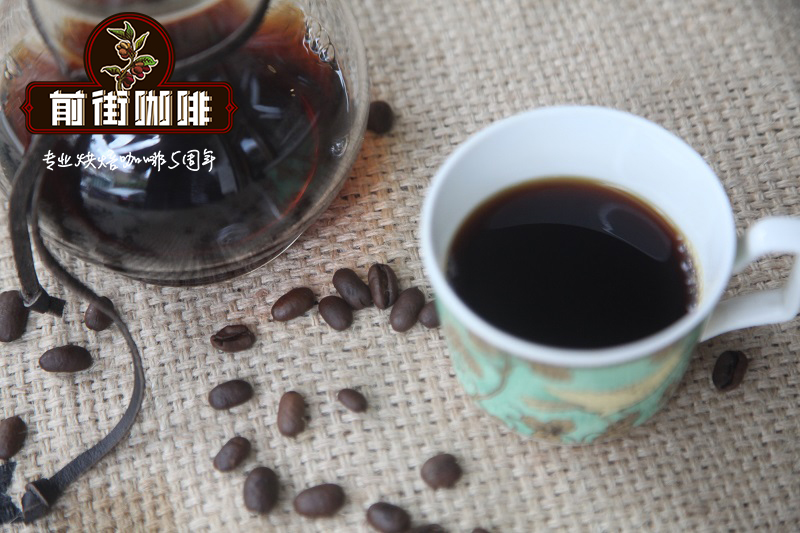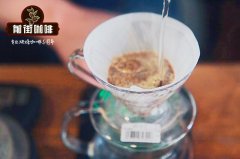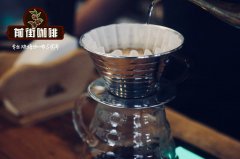How do Kenyan Kangunu Coffee drink Kenyan Coffee rating system Kenyan Coffee beans

Professional coffee knowledge exchange more coffee bean information please follow the coffee workshop (Wechat official account cafe_style)
Kanguru AA-Kenya
The coffee is produced by a number of small farmers who are members of farmers' cooperatives in the south of Kagaari and provide coffee to the Kangunu Coffee Factory in Embu District, Kenya, near the town of Runyenjes. Located on the slopes of Mount Kenya, the area is famous for producing the best coffee in Kenya, and today, AA lot is no exception. The factory was founded in 1966 and has stood the test of time. The co-operative itself was established relatively late, but today it has more than 2,500 members. Between 1,000 and 700 of these members were delivered to the Kangunu factory (one of the five factories owned by the cooperative).
The annual temperature in the area is between 12 and 25 degrees Celsius, and the annual rainfall is about 1600 millimeters. It is produced once from March to June and again from October to December. The average size of a smallholder farm is less than one hectare, with an average of 250 coffee trees per farmer.
Members of the Canunu plant are helped and supported by the Coffee Management Service Center (CMS), and CMS also helps them bring coffee to market. To achieve its long-term goal of sustainable production and quality improvement, CMS provides farmers with training, input channels, seminars on good agricultural practices, and sustainable agriculture manuals that are updated and distributed annually. CMS eventually seeks to build a transparent, trust-based relationship with farmers to help support the continued growth of Kenyan industry by combining high quality with high prices for farmers.
Through advance financing, farmers can receive advance payments for tuition fees and agricultural inputs. CMS retrains plant managers on best practices and quality improvement measures every year, and the Minister of Agriculture and agrochemical companies that provide inputs to farmers take part in regular field visits. The factory has planted demonstration plots to strengthen best practice teaching throughout the year.
In addition to SL28 and SL34 spread, this batch also contains a small amount of Ruiru 11. Ruiru 11 is named after the space station in Ruiru, Kenya, which was developed in the 1970s and launched in 1986. Although Ruiru accounts for a very small proportion of the total yield of cooperative members, Ruiru is more and more widely distributed in this region because of its resistance to coffee fruit disease and coffee leaf rust. It also crosses with SL28 and SL34 to ensure the quality of tall cups.
Farmers selectively select the most ripe and reddest cherries, which are either sent directly to the wet mill of the cooperative or received at one of the four collection points and then delivered on the same day. Before pulping, cherries are strictly sorted by hand, and damaged and immature cherries are separated from red ripe cherries (the whole process is supervised by a "cherry clerk" who is responsible for supervising and recording payments). The factory uses three sets of disc grinders to protect the parchment of green coffee beans and peel the fruit. The nearest source of water is the Canu River, and the factory relies on an electric pump to deliver the water to the reservoir's tank, which is then used for treatment. Water is also recycled for protection. After pulping, the coffee is fermented overnight to decompose the sugar, then washed through the washing channel (separated according to density), soaked and spread out on a raised drying table. The coffee is then dried for 7 to 15 days according to climate, ambient temperature and processing volume. During the drying process, parchment is moved and sorted repeatedly to remove any damaged or discolored beans and covered with parchment at the hottest time of the day to keep the temperature uniform.
Screen size in Kenya
In Kenya, AA, AB and other grades are used to classify lots, and they are just indicators of screen size. They don't have any sign of cup quality. In Kenya, the AA level is equivalent to a 17 or 18 screen (17 or 18 64 inches). AA cups tend to be more expensive at auction, although this grade does not indicate the quality of the cup, while AB cups from better farms may be better. PB (which stands for Peaberry) is the smallest screen size.
END
Important Notice :
前街咖啡 FrontStreet Coffee has moved to new addredd:
FrontStreet Coffee Address: 315,Donghua East Road,GuangZhou
Tel:020 38364473
- Prev

How long is the best taste period for coffee beans to share the flavor characteristics of Rosa coffee?
Professional coffee knowledge exchange more coffee bean information please follow the coffee workshop (Wechat official account cafe_style) in front of the street-Jade Manor green roses summer brewing, taste knowledge brief introduction to coffee lovers do you know that coffee has a flavor period? Let's give you a brief introduction to Qianjie. Bean cultivation period: coffee beans that have just been baked should be loaded with individual steaks as soon as possible.
- Next

Is Malawian Coffee good? Malawian Coffee tastes correct drinking method
Professional coffee knowledge exchange more coffee bean information please follow the coffee workshop (Wechat official account cafe_style) Malawai Mzuzu AA women's coffee comes from about 200 small-scale farmers and consists of 80% Nyika Catimore and 20% geisha varieties from the farm at 4000 feet and 6200 feet. All in all, the Malawi Mazuzu collaboration is made up of about 4000 small-scale farmers across 5.
Related
- Beginners will see the "Coffee pull flower" guide!
- What is the difference between ice blog purified milk and ordinary milk coffee?
- Why is the Philippines the largest producer of crops in Liberia?
- For coffee extraction, should the fine powder be retained?
- How does extracted espresso fill pressed powder? How much strength does it take to press the powder?
- How to make jasmine cold extract coffee? Is the jasmine + latte good?
- Will this little toy really make the coffee taste better? How does Lily Drip affect coffee extraction?
- Will the action of slapping the filter cup also affect coffee extraction?
- What's the difference between powder-to-water ratio and powder-to-liquid ratio?
- What is the Ethiopian local species? What does it have to do with Heirloom native species?

